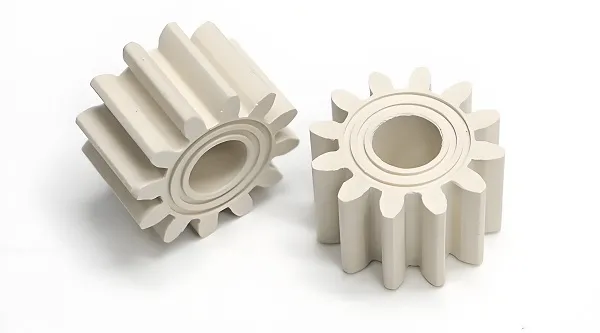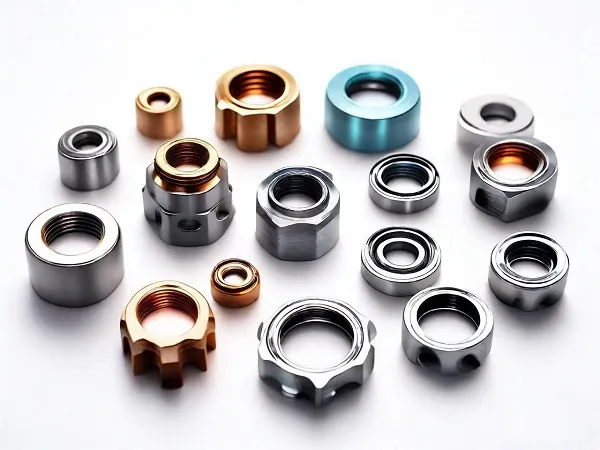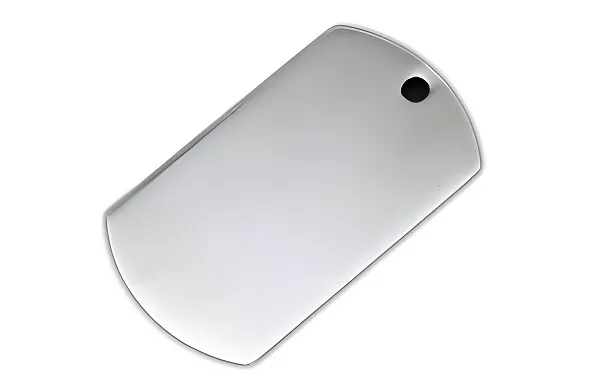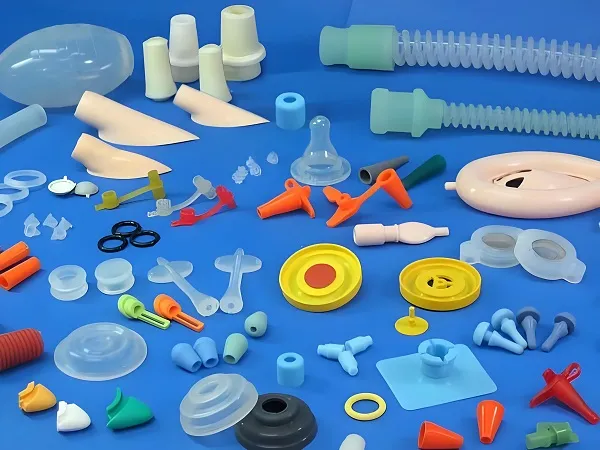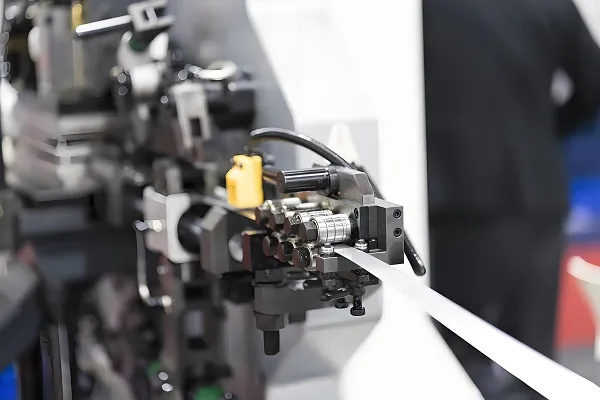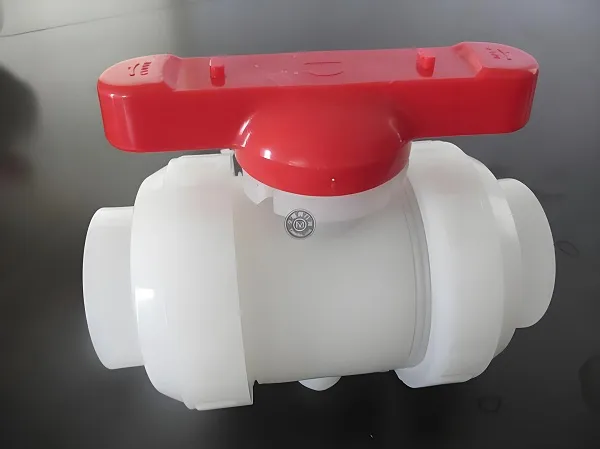I. Technological Dimension
The core technologies for customizing auto parts include digital modeling (CAD/CAM), reverse engineering scanning, and 3D printing technology. For example, after obtaining the original vehicle data through a 3D scanner, engineers can freely adjust the dimensions, structure, and even mechanical properties of the parts in the software to achieve “millimeter – level” precise matching. In recent years, AI simulation technology has also been used to predict the performance of parts under extreme working conditions. For instance, it can simulate the wind resistance coefficient of the engine hood at high speeds or the thermal decay curve of the brake disc, significantly reducing the trial – and – error cost.
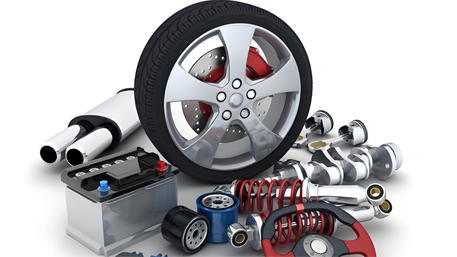
II. Material Dimension
Lightweight Materials: Carbon fiber composite materials are 60% lighter than traditional steel but have higher strength. They are commonly used in customized wheels and body kits.
High – temperature Alloys: Nickel – based alloys are widely used in turbocharger modification parts. They can withstand an exhaust temperature of 1200℃ without deformation.
Environment – friendly Materials: Bio – based plastics (such as corn starch extracts) are starting to be applied to the customization of interior parts, with a 70% increase in degradation rate compared to petroleum – based plastics.
III. Production Process
The typical customization process consists of five steps:
Demand Confirmation: The vehicle owner provides the modification goals (such as increasing horsepower by 20%) or personalized design drawings.
Scheme Design: Engineers use topology optimization technology to generate a hollow structure, reducing weight by 15% – 30% while ensuring strength.
Prototype Production: 3D – printed nylon prototype parts are used for vehicle – loading verification, saving 3 weeks compared to traditional steel molds.
Small – batch Production: Five – axis CNC machine tools are used to process titanium alloy exhaust pipes, with the tolerance controlled within ±0.02mm.
Full – inspection and Delivery: A laser 3D detector is used to compare the matching degree between the physical object and the design model. Key parts need to pass a 50 – hour bench test.
IV. Equipment Innovation
Metal 3D Printer: It can directly sinter stainless – steel powder to form complex grilles. The equipment that used to require 12 stamping processes can now complete the work in one step.
Liquid Silicone Injection Molding Machine: When producing personalized textured steering wheel coverings, the injection pressure accuracy can reach 0.1MPa.
Robot Polishing Workstation: A six – axis robotic arm equipped with a force – controlled sanding belt machine can reduce the surface roughness of carbon fiber from Ra3.2 to Ra0.4.
V. Quality Control
We implement a triple – verification system:
When raw materials enter the factory, a spectrometer is used to detect the alloy composition (for example, ensuring that the magnesium content of 6061 – T6 aluminum plate is between 0.8% – 1.2%).
During the semi – finished product stage, a salt – spray test is carried out (simulating a seaside environment with continuous spraying for 96 hours).
Before the finished product is delivered, industrial CT is used to scan for internal air bubbles or cracks, with a resolution of 5 microns.
VI. Process Breakthroughs
Variable – thickness Rolling: The thickness of the door anti – collision beam gradually changes from 1.2mm in the center to 2.5mm at both ends, reducing weight by 18% compared to an equal – thickness design.
Laser Texturing: Anti – slip patterns with a depth of 0.1mm are etched on the surface of aluminum alloy pedals, increasing friction by 3 times without hiding dirt.
Cold Spray Repair: The aged cylinder block of classic cars is repaired by low – temperature metal deposition, with the substrate temperature not exceeding 150℃.
VII. Cost Control
Topology Optimization: By using algorithms to remove non – load – bearing parts of materials, the material cost of a certain suspension swing arm is saved by 23%.
Modular Design: When customizing wide – body kits, the front and rear fenders are decomposed into standard interfaces + replaceable styling parts, reducing the mold cost by 40%.
Batch Strategy: For orders of less than 10 pieces, 3D printing is used; for 50 – 500 pieces, silicone replication is selected; and only when the order quantity exceeds 1000 pieces is a steel mold opened, flexibly adapting to different order volumes.
VIII. Customization Services
From functional customization (such as an intake manifold with a nitrous injection port) to emotional design (engraving the vehicle owner’s signature on the brake caliper), we offer three levels of services:
Basic Package Modification: Selection from a library of over 200 ready – made designs (delivered in 3 days).
In – depth Co – creation: Engineers conduct on – site research on the vehicle – using scenario (a plan is provided in 2 weeks).
Limited – edition Collection: Jointly develop numbered collections with designers (including a material traceability certificate).
Frequently Asked Questions (FAQ)
Q1: Why is the delivery cycle of custom parts longer than that of standard parts?
Precise parts require 3 – 5 design iterations (for example, turbine blades need to balance strength and airflow efficiency), while standard parts directly call on a mature database.
Q2: Can game modeling files be directly used for production?
They need to be converted to the STEP/IGES format and supplemented with industrial parameters such as heat treatment requirements and surface treatment codes (we provide free format conversion services).
Q3: What is the minimum order quantity?
For metal parts, the minimum order quantity is usually 50 pieces (3D printing supports orders of 1 piece). For plastic parts, it is recommended to order more than 100 pieces to share the mold cost.
Q4: How to choose materials?
We provide a “scenario – performance” matching tool: For track use, chromium – molybdenum steel is preferred; for daily driving, 7075 aluminum is used; and for display vehicles, transparent polycarbonate can be used.
Q5: How to ensure quality?
Each batch of parts comes with a material composition report and mechanical test video. Key parts can provide third – party SGS certification (with an additional charge).
Q6: Do custom parts affect the annual vehicle inspection?
We provide a modification certification service that complies with GB/T 36589 – 2018, and have assisted more than 300 vehicles in passing the change registration.

